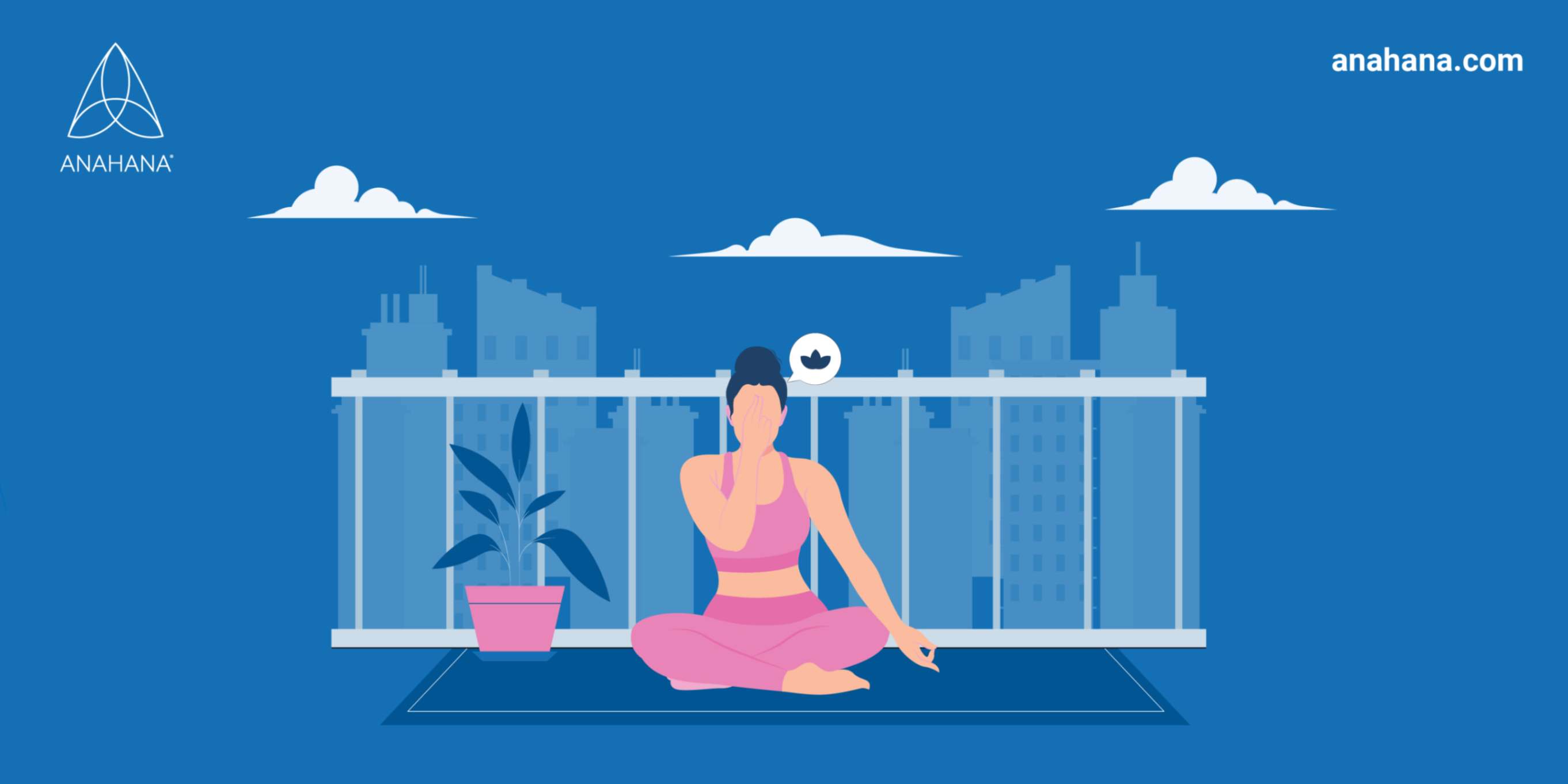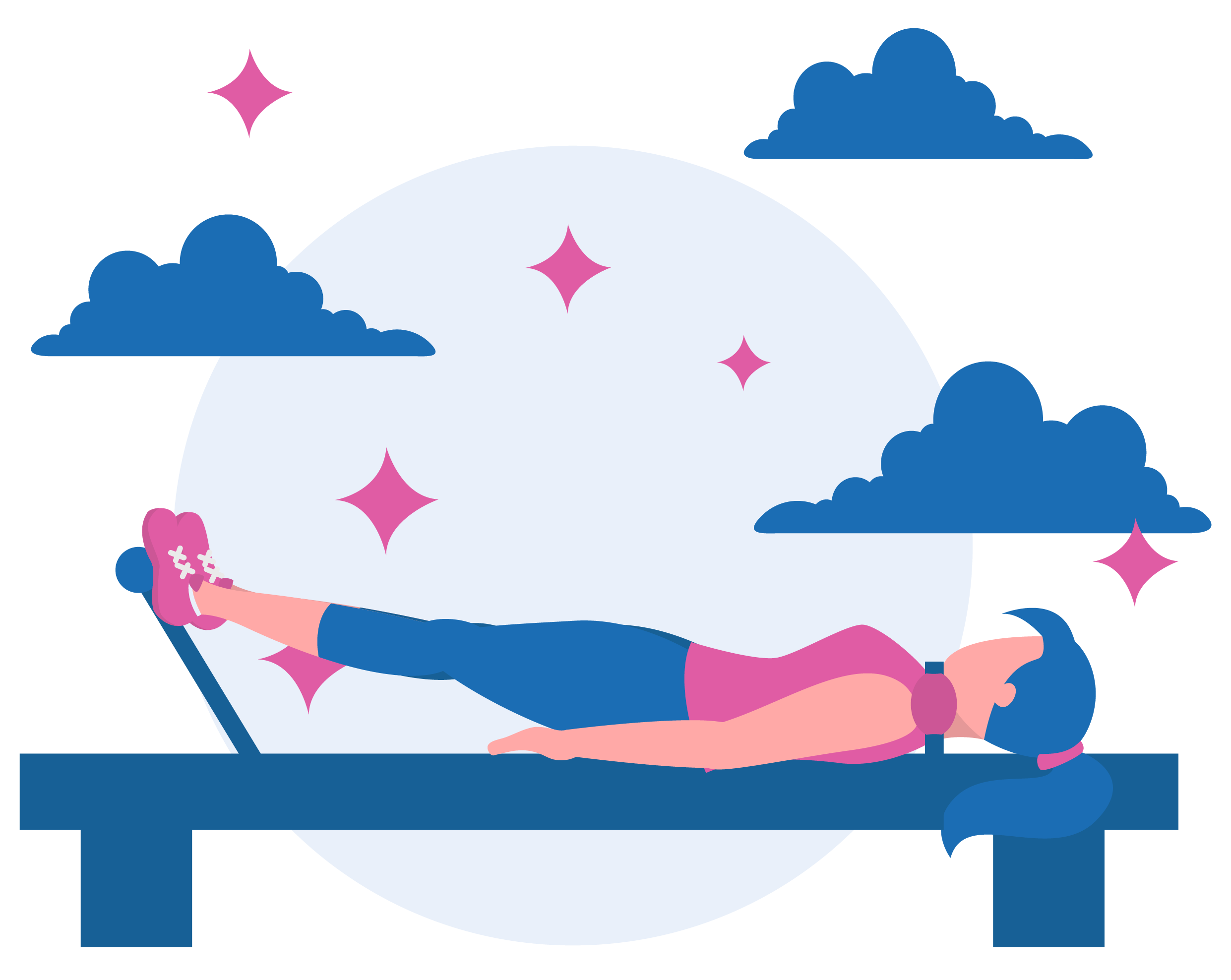
Table of Contents
Learn the distinctions and benefits, and choose the right practice for your fitness and wellness goals.
Key Takeaways
- Origins: Pilates was created by Joseph Pilates; Yoga is an ancient spiritual practice from India.
- Focus: Pilates emphasizes core strength, muscle tone, and body conditioning through Pilates classes, often using equipment like reformers.
- Yoga: Focuses on mind-body connection, flexibility, and mental clarity through various styles, including hot yoga.
- Health Benefits: Both practices offer numerous health benefits, including improved strength, flexibility, and mental health benefits.
- Customization: Both can be tailored to individual fitness levels and goals.
The Difference Between Pilates And Yoga
Pilates and yoga are often mentioned in the same breath, but what is the difference?
Both practices are considered forms of mind-body exercise but are also helpful for stress management, mental health, physical health, breath control, and improved focus.
Still, ask any certified yoga instructor or Pilates instructor, and they’ll say the two practices couldn’t be further apart.
The term yoga is a very general term, but there are many types of yoga practices. The kind of practice someone chooses will depend on what their goals are as well as their current personal state or condition.
On the other hand, Pilates is a specific type of workout that uses similar physical postures, exercises, and breath control.
Ahead, we’ll delve into the similarities and differences between Pilates and yoga — two of the most beneficial forms of mind-body exercise.
Pilates
Pilates, or “the Pilates method,” was developed in the 1920s by Joseph Pilates, originally from Germany. Joseph endured many childhood illnesses, including rheumatic fever, asthma, and rickets. As a result, he became enchanted by the idea of improving his strength and endurance later in life.
Through the idea of balancing the mind, body, and spirit together — similar to the way the ancient Greeks revered the "ideal man” — Joseph created his Pilates method.
His practice included approximately 500 exercises, most originating from ballet, yoga, or calisthenics.
Pilates is both an aerobic and a non-aerobic practice. What’s consistent is the focus on the core muscles, which are essential for almost all of the movements.
Additionally, each technical exercise follows a specific breathing technique and rhythmic pattern. Correct form is crucial when practicing Pilates.
Most classes are divided according to the core goal: flexibility, strength training, better posture, stress reduction, and improved balance or experience level of Pilates students. It is also categorized into two types – mat Pilates and reformer Pilates.
The benefits of Pilates include:
- Improved flexibility and better posture
- Better coordination
- Improved overall muscle tone and increased strength
- Relaxation and stress-reduction
- Injury prevention and repair
“Contrology is the complete coordination of body, mind, and spirit,” says Joseph Pilates.
Yoga
Yoga is an ancient holistic practice that began in India. The technique involves moving the body physically, focusing the mind mentally, and tapping into a spiritual mindfulness practice.
The ultimate goal of yoga is to connect the mind and body. However, a range of wonderful benefits can be gained from the practice, including:
- Improved flexibility, muscle strength and tone
- Reduced stress and better sleep
- A better mind-body connection
- Injury protection
- Improved energy levels and a more efficient metabolism
Yoga unifies the practitioner with the divine. It is also meant to connect or bring harmony to the body and the mind.
How old is yoga? No one can say for sure. Experts, however, say that the practice began about 5,000 years ago with the dawn of civilization in the Indus Valley — around 2700 B.C.E.
Modern-day yoga, however, may differ from ancient yoga and has changed and evolved over the centuries.
If you are considering a yoga practice, there are many styles to choose from; you can even seek the help of a certified yoga instructor. Here are just a few of the most popular types.
Ashtanga Yoga
Ashtanga yoga flows with the breath. It is faster than other types of yoga, and many people describe it as "athletic."
As opposed to still poses, individuals engage in a flow or series of movements and breathing techniques.
Due to the focus of this type of practice, it is not appropriate for individuals with physical limitations such as chronic back pain as it may exacerbate the issue.
Hatha Yoga
Hatha yoga includes many different types of yoga.
One type is Iyengar yoga, which uses props to teach the precision of alignment within each posture.
Through Hatha yoga, one can increase flexibility and strength. Unlike more meditative types of yoga, it is quite dynamic and active. If you want pain relief, a hatha yoga style called gentle yoga sequence could be an excellent choice.
Yin Yoga
Yin yoga tends to be seated and much slower-paced than other forms. The goal is to target the deep tissues of the whole body as opposed to targeting muscles.
Poses are held for much longer (up to five minutes for advanced practitioners). Yin yoga is excellent for those who want to improve the mobility of their joints, reduce stress, and increase circulation. Yin Yoga is separate from restorative yoga. They are similar but still different.
Vinyasa Yoga
Vinyasa yoga is another one of the most popular types of yoga. It connects movement with the breath and is a notably graceful practice while energizing and revitalizing.
One may perform Vinyasa yoga in seated, standing, or supine positions. This practice includes several balancing and twisting positions. Among these are numerous exercises that target and strengthen the abdominal muscles.
Restorative Yoga
Restorative yoga focuses on relaxation through deep breathing, slow movements, and long holds.
It is similar to yin yoga, but its goal is to allow the body to recover. This practice is appropriate for everyone, from beginners to experts of all ages.
Pilates vs. Yoga

Pilates and yoga are quite similar and share many mental and physical benefits. For one thing, both practices focus on connecting the mind with the body.
Yoga tends to have a spiritual component, whereas Pilates is often seen as the more athletic of the two practices; however, it still emphasizes breath and maintaining deep focus.
One couldn’t say the same about other “athletic” endeavors such as basketball or traditional weight training.
The physical practice of yoga and Pilates share commonalities, such as strengthening the core muscles. Moreover, both are mat classes, meaning they’re practiced on a mat most of the time (although Pilates practices can also use other equipment).
Likewise, yoga and Pilates can be practiced anywhere — from a studio or the park to the beach or a living room.
This versatility is possible due to the minimal equipment required for both workouts and the option to practice in person or virtually.
The most significant difference between the two is the focus of each type of workout. Both workouts will improve mobility and overall fitness through mat work, but Pilates focuses on strengthening while yoga works on lengthening, particularly suitable for seniors.
Pilates can be quite complex and expensive, depending on the workout; therefore, it is more common for individuals to take private Pilates lessons than yoga.
It can also be adapted or modified, making it generally appropriate for individuals at increased risk of injury or those in special populations.
Other Similarities Between Pilates and Yoga
- Centering
- Precise movements
- Flow
- Concentration and breath control
- Core strength and balance
While Pilates emphasizes the mind-body connection, it focuses more on physicality, muscle flexibility, and strength, nailing each pose and movement as precisely as possible.
Pilates and Yoga Equipment

It’s important to mention that the equipment used in each is also quite different. First, not much equipment is necessary for most yoga classes. All that is needed is a yoga mat.
Some classes may also ask for individuals to have additional accessories or props. Some of these, such as yoga blocks, can be handy for beginners, as they can aid in holding poses that would be too difficult to do without support.
Other accessories include bolsters of various sizes, yoga straps, blankets, and yoga wheels.
Pilates equipment, on the other hand, is more integral to the practice itself.
Referred to as “the apparatus" by Joseph Pilates, the main Pilates machine used in the practice can initially look bizarre.
It is a machine that integrates various forms of resistance (using the practitioner's body weight, leverage, and springs) to carry out Pilates exercises and target unique muscles.
It is a machine called a Pilates reformer or a universal reformer, and Joseph Pilates invented it. He created his first reformer out of machinery springs and a bed!
A Pilates reformer and several other pieces of equipment can be found in a complete studio.
This includes:
- Pilates chair
- Pilates bands (resistance bands)
- Weights
- Magic circles
- Pilates mats
Frequently Asked Questions
Is yoga or Pilates better?
There is no simple answer to this question. Yoga and Pilates are similar, yet they come in different forms. It is best to choose according to what the goals are.
Those seeking increased flexibility, stress relief, and better stability can especially find these benefits with yoga. Those seeking injury prevention, muscle building, and better posture may try a Pilates class instead.
Are both yoga and Pilates good for pregnancy?
Typically, yoga is better for pregnancy. However, it’s wise to choose a class labelled specifically “prenatal,” as all of the postures will keep the pregnant woman in mind.
If unable to find a prenatal yoga class, the student should inform the instructor that they are pregnant so they can direct the individual on which positions to avoid or modify.
Are both yoga and Pilates good for arthritis?
Both yoga and Pilates can help arthritis. Yoga helps strengthen and improve the flexibility of the muscles around the joints, and Pilates strengthens the bones and joints.
If one is not used to practicing Pilates or yoga, look for slow, beginner classes. Individuals should tell the yoga teacher or Pilates instructor that they have arthritis and where.
The instructor can then tell them which yoga positions to avoid or modify so as not to exacerbate the arthritic pain and any inflammation. Gentle yoga is an excellent alternative.
References
Does a Program of Pilates Improve Chronic Non-Specific Low Back Pain? in
Defining Pilates exercise: A systematic review - ScienceDirect
Pilates: What Is It? Should It Be Used in Rehabilitation? - Christine E. Di Lorenzo, 2011
Pilates: how does it work and who needs it? - PMC
Introduction to Pilates-Based Rehabilitation
The Pilates method: history and philosophy - Journal of Bodywork and Movement Therapies
Effects of Pilates Training on Lumbo-Pelvic Stability and Flexibility - PMC
Is Pilates as Good as Everyone Says? - The New York Times
Disclaimer
The contents of this article are provided for informational purposes only and are not intended to substitute for professional medical advice, diagnosis, or treatment. It is always recommended to consult with a qualified healthcare provider before making any health-related changes or if you have any questions or concerns about your health. Anahana is not liable for any errors, omissions, or consequences that may occur from using the information provided.

By: Clint Johnson
Clint is the driving force and founder of Anahana. Clint teaches Yoga, Pilates, mindful breathing, and meditation, catering to a global community of students and teachers.
